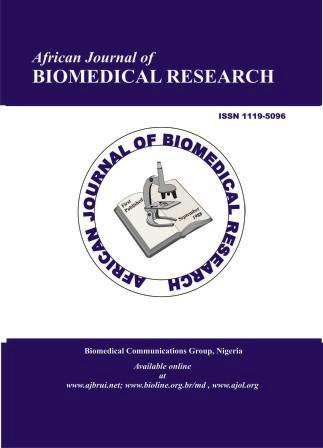Isolation & Screening of Tebuconazole-Degrading Microbes from Contaminated Agroecosystems
DOI:
https://doi.org/10.53555/AJBR.v28i1.8290Keywords:
Chromatographic analysis, Microbial degradation, Soil remediation, Tebuconazole, Triazole fungicideAbstract
Tebuconazole, a systemic triazole fungicide widely used in agriculture, is known for its environmental persistence and potential to disrupt soil microbial communities. Conventional remediation methods have proven ineffective for such stable compounds, necessitating sustainable alternatives. This study aimed to isolate, screen, and morphologically characterize native microbial strains capable of degrading tebuconazole from contaminated agroecosystems. Soil samples were collected from rice fields with known pesticide exposure and 35 microbial isolates were obtained through enrichment on minimal media with tebuconazole as the sole carbon source. Five high-performing strains: B9 and B10 (bacteria), and B24, B29, and B35 (fungi) were selected based on consistent degradation efficiency (45–72%). HPLC-based recovery assays confirmed their degradation potential, while microscopic analysis provided morphological insights. Soil degradation trials showed greater reduction in non-sterile conditions, highlighting the critical role of native microbes. Compatibility assays revealed no antagonism among the selected isolates, allowing successful formulation of a microbial consortium. The study’s unique contribution lies in integrating morphological pre-screening with enrichment culture and compatibility-based consortium development for the targeted biodegradation of tebuconazole. These findings provide a low-cost, field-adaptable framework for remediating pesticide-contaminated soils and offer a foundation for future work on molecular identification and formulations of these potential microbes.
Downloads
Published
Issue
Section
License
Copyright (c) 2024 Babita Singh, Dr. Tanzeel Ahmed, Dr. Shashi Bala Singh, Dr. Rekha Balodi (Author)

This work is licensed under a Creative Commons Attribution 4.0 International License.









